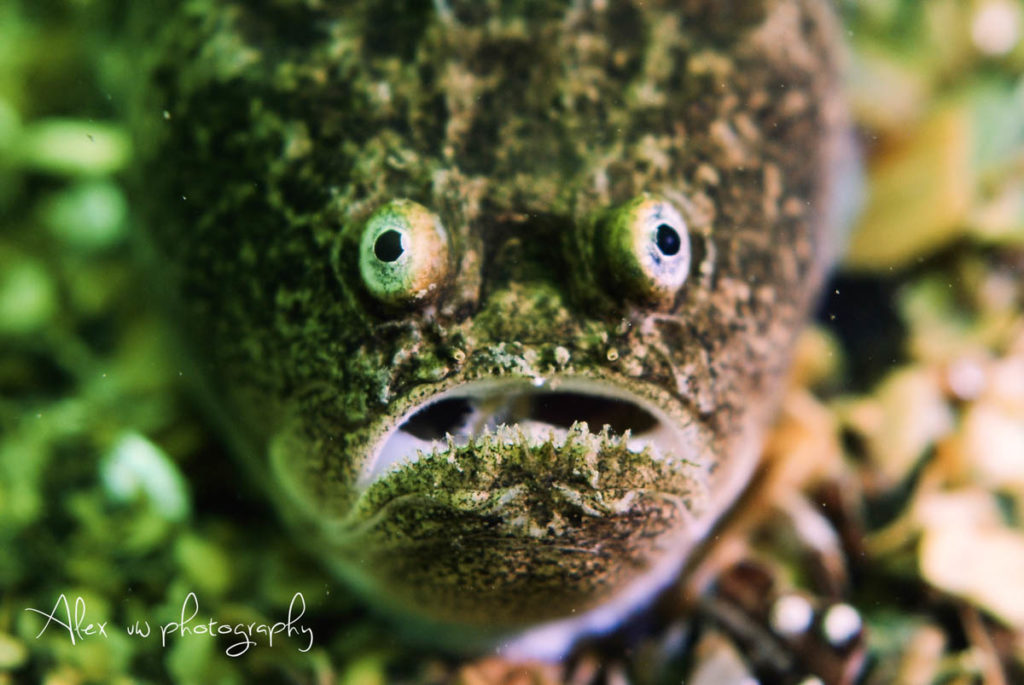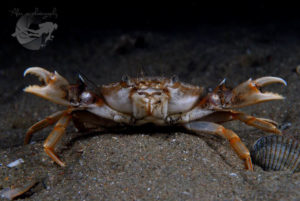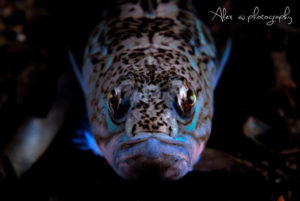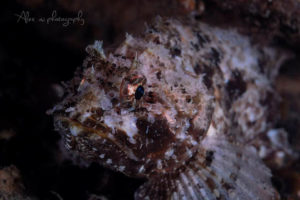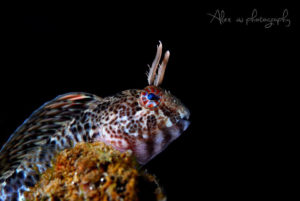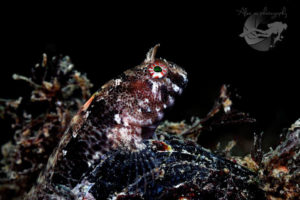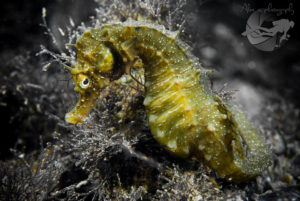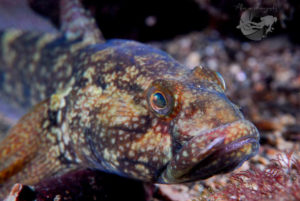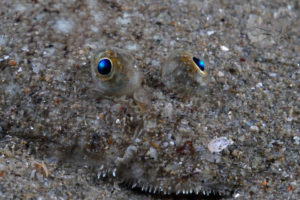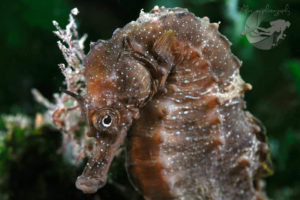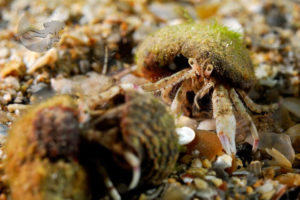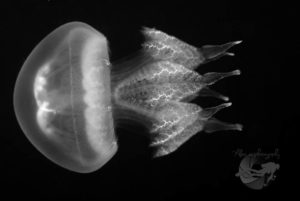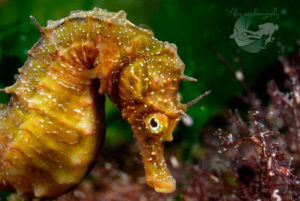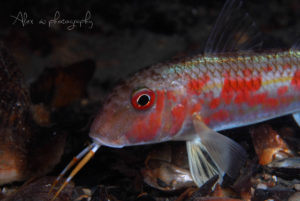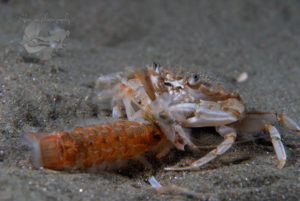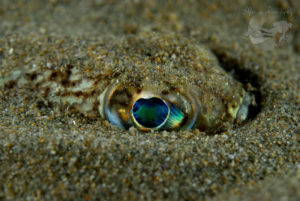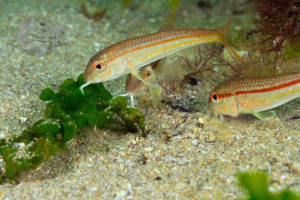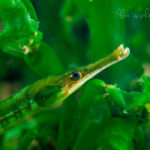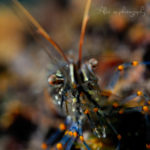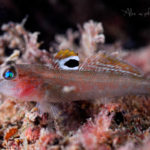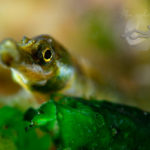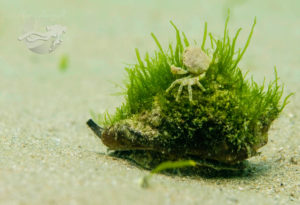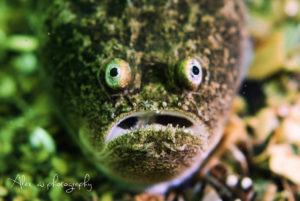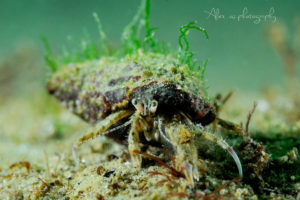Wherever you go on this blue planet you are going to find people fascinated by water. As it happens, Romania is not an exception from this. With it’s mountains and rivers you can dive in crystal clear mountain lakes or explore some of the most interesting underwater caves in Europe.
Black Sea is renouned world wide for being the world’s largest body of water with a meromictic basin. But what does that mean? It means that it has layers of water that do not intermix. And at depths there is a bottom layer of anoxic water (it has a total depletion in the level of oxygen) so there is almost no life, including bacteria. That makes it great for the preservation of organic matter, including anthropogenic artifacts or wooden wrecks.
Quite recently there have been discovered over 40 wooden wrecks at depths below 150 metres in great preservation conditions, dating from the Ottoman and Byzantine Empires.
But I’m here to talk to you about the reasons for the passion of the sea that lies within the divers that you’ll find here.
The romanian shore of the Black Sea is teaming with wrecks accesible to recreational scuba divers. From commercial ships that start at a depth of 5 m or are even breaking the surface, to submarines and airplanes sunk in the two World War, all accesible within the 40 m depth limit of recreational scuba diving.
Connecting the middle east to the eastern Europe, this maritime route was crawling with commercial ships during the expansion of the Otoman empire and not only. So the Black Sea romanian shore with it’s crowded harbours was a strategic area on this commercial route that many surronding nations craved. And therefore defence strongholds were often built right at the water’s edge.
During the centuries, the water level has varied significantly. Due to these variations in the water level in the basin, the surrounding shelf and associated aprons have sometimes been land. Land that those strongholds were built on, and which are now submerged in shallow water.
Asides from all this, The Black Sea romanian shore line is teaming with life.
I’m not going to talk about the Danube river which spills in the Black Sea and forms the most beautiful and best preserved delta on the whole continent and I’m not going to talk about the abundent fauna found along the shoreline.
We, at Black Sea Diving School, in close collaboration with the National Association of Recreational Divers in Romania, are spreading awareness about the beautiful marine life that dwells beneath the waves.
Together with various marine biologists and ecological associations we organize diving trips and numerous surveys.
We teach our students about the importance of marine life preservation and we shape their knowledge and experience in the PADI way, so that they take nothing but photos and leave nothing but bubbles.
One can spot, although rare, marine mammals like the the mediterranean monk seal (Monachus monachus), three types of dolphins which include harbour porpoise (Phocoena phocoena), bottlenose dolphins (Tursiops truncatus ponticus) and the short-beaked common dolphin (Delphinus delphis).
Black sea underwater fauna is very diverse. There have been sightings of hammerheads and swordfish and fishermen used to catch huge sturgeons, but on your daily shore dive on the romanian shore line one is almost guaranteed to come face to face with at least these guys:
Common blenny, or the tentacled blenny (Parablennius tentacularis), the ocellated wrasse (Symphodus ocellatus), broadnosed pipefish (Syngnathus typhle), the long-snouted seahorse (Hippocampus guttulatus), the greater weever (Trachinus draco), the atlantic stargazer (Uranoscopus scaber), the turbot (Scophthalmus maeoticus) and brill (Scophthalmus rhombus), the common sole (Solea solea), the red mullet (Mullus barbatus), the black scorpion fish (Scorpaena porcus) and many many types of gobbies.
And if you’re lucky you can also run into the tub gurnard (chelidonichthys lucerna), the thornback ray (Raja clavata) and the common stingray (Dasyatis pastinaca).
Besides this you’ve got the place teaming with mussels and the veined rapa whelk (originally from Sea of Japan, considered an invasive species, having no natural predators here, was introduced accidentally in the 1940s), different types of crabs and jellyfish.
Global climate change is warming up The Black Sea’s waters and slowly more types of fish from the Mediterreanean Sea are working their way up trough the Dardanelles strait into the Sea of Marmara and then up the Bosphorus strait into the Black Sea.
Over time we have noticed new, especially mediterranean, marine species that have started migrating into The Black Sea and the other way around too.
We’ve even had recent sightings of loggerhead sea turtle on Romania’s beaches, together with blue crabs from North America and chinese crabs from the Yellow Sea.
Fishermen are saying that are starting to catch fish in their fishing nets that they have never seen before in the last decades, and marine biologists from Oceanic Club are saying that the number of dolphins that reach the coast lines of Romania have increased due to the large schools of fish they can find.
And I can personally confirm that the population of common sea horses has had a spectacular comeback and is now a healthy no longer endangered one.
So if you’re into diving and you plan on visiting Romania or you’re already here, give us a shout, share with us your diving stories and let’s grow together diving!
Clear Waters!


